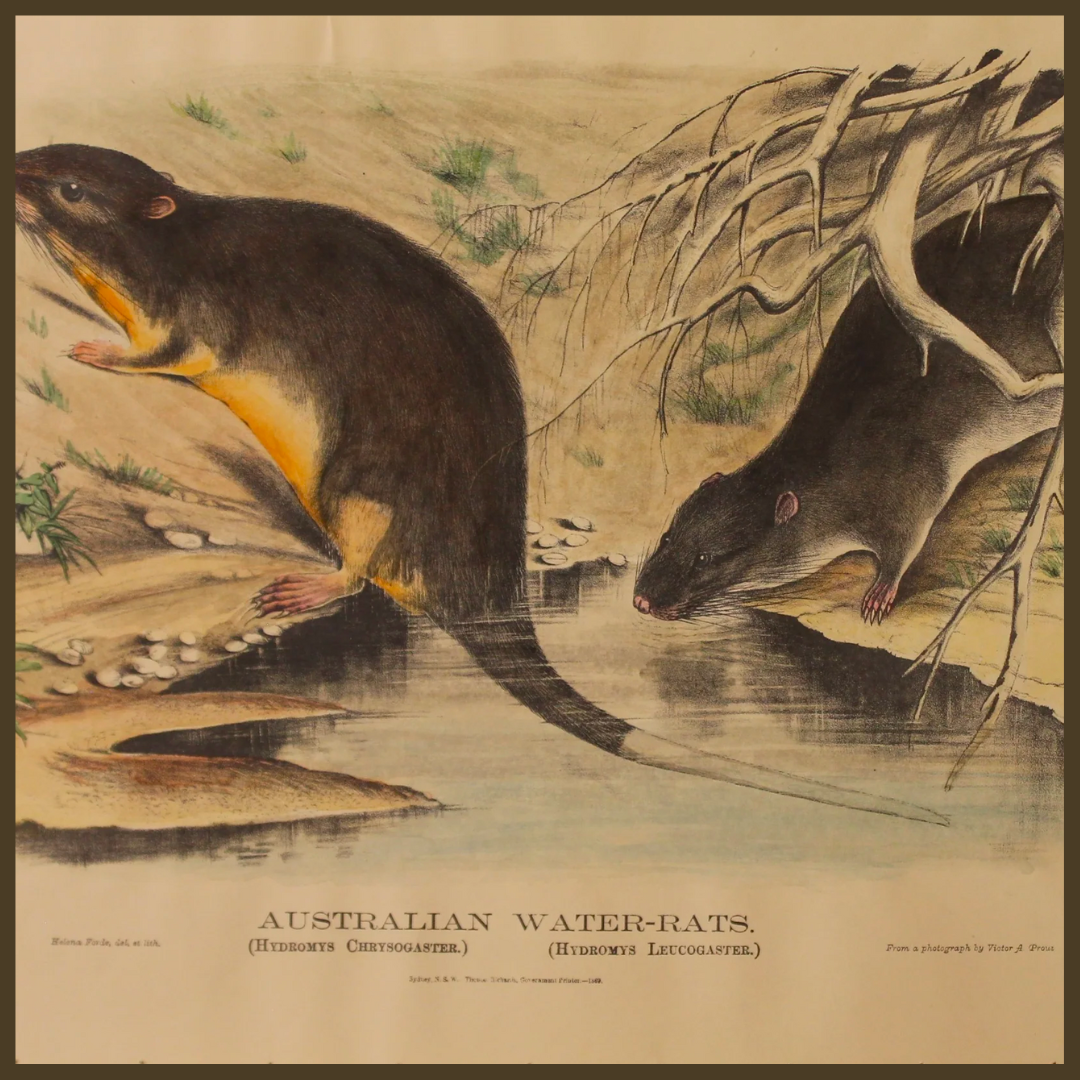
BIOGRAPHY OF CHARLES JOHN HUFFAM DICKENS
Share
Charles Dickens (1812 - 1870) was much loved for his great contribution to classic English Literature. He was the quintessential Victorian author. His epic stories, vivid characters and exhaustive depiction of contemporary life at the time are unforgettable.
Charles John Huffam Dickens was born on 7 February 1812 at Landport, Portsea Island (Portsmouth), Hampshire. He was the second of eight children to Elizabeth Dickens (née Barrow; 1789–1863) and John Dickens (1785–1851).
His father John, was a clerk in the Navy Pay Office and was temporarily stationed in the district. He asked Christopher Huffam, rigger to His Majesty's Navy, gentleman, and head of an established firm, to act as godfather to Charles. Huffam is thought to be the inspiration for Paul Dombey, the owner of a shipping company in Dickens's novel Dombey and Son (1848).
When Charles was four, they relocated to Sheerness and then to Chatham, Kent, where he spent his formative years until the age of 11. His early life seems to have been idyllic, though he thought himself a "very small and not-over-particularly-taken-care-of”. It was during this time that he was afforded a few years of private education, firstly at a dame school and then a school run by William Giles, a dissenter, in Chatham.
Dickens was sent to work in Warrens Blackening Factory when his father was incarcerated in a debtors' prison. He endured appalling conditions as well as loneliness and despair. After 3 years he was returned to school but the experience was never forgotten and became fictionalised in two of his novels, “David Copperfield” and “Great Expectations”.
Dickens's literary success began with the 1836 serial publication of The Pickwick Papers, a publishing phenomenon—thanks largely to the introduction of the character Sam Weller in the fourth episode—that sparked Pickwick merchandise and spin-offs. Within a few years Dickens had become an international literary celebrity, famous for his humour, satire and keen observation of character and society. His novels, most of them published in monthly or weekly instalments, pioneered the serial, the publication of narrative fiction, which became the dominant Victorian mode for novel publication. Cliff hanger endings in his serial publications kept readers in suspense.
The instalment format allowed Dickens to evaluate his audience's reaction, and he often modified his plot and character development based on such feedback. For example, when his wife's chiropodist expressed distress at the way Miss Mowcher in David Copperfield seemed to reflect her disabilities, Dickens improved the character with positive features. His plots were carefully constructed and he often wove elements from topical events into his narratives.
Masses of the illiterate poor would individually pay a halfpenny to have each new monthly episode read to them, opening up and inspiring a new class of readers.
His 1843 novella, A Christmas Carol, continues to inspire adaptations in every artistic genre. Oliver Twist and Great Expectations are also frequently adapted and, like many of his novels, evoke images of early Victorian London. His 1859 novel A Tale of Two Cities (set in London and Paris) is his best-known work of historical fiction. The most famous celebrity of his era, he undertook, in response to public demand, a series of public reading tours in the later part of his career.
Charles Dickens was estranged from his wife in 1958 after the birth of their 10 children. He maintained a relationship with his mistress, the actress Ellen Tiernan until his death. He died of a stroke in 1870 at the age of 58 years. Although his request was simple fanfare at Rochester Cathedral where a grave had already been prepared, it was deemed inadequate for his stature by the authorities and public demand. A more suitable funeral was held at Poets Corner in Westminster Abbey where crowds of thousands adorned flowers at his grave.
The term Dickensian is used to describe something that is reminiscent of Dickens and his writings, such as poor social or working conditions, or comically repulsive characters.
Despite lack of formal education, Dickens edited a weekly journal for 20 years, wrote 15 novels, five novellas, hundreds of short stories and non-fiction articles, lectured and performed readings extensively, He was an indefatigable letter writer, campaigned vigorously for children's rights, education and other social reforms.
Excerpts taken from BBC History and Wikipedia



